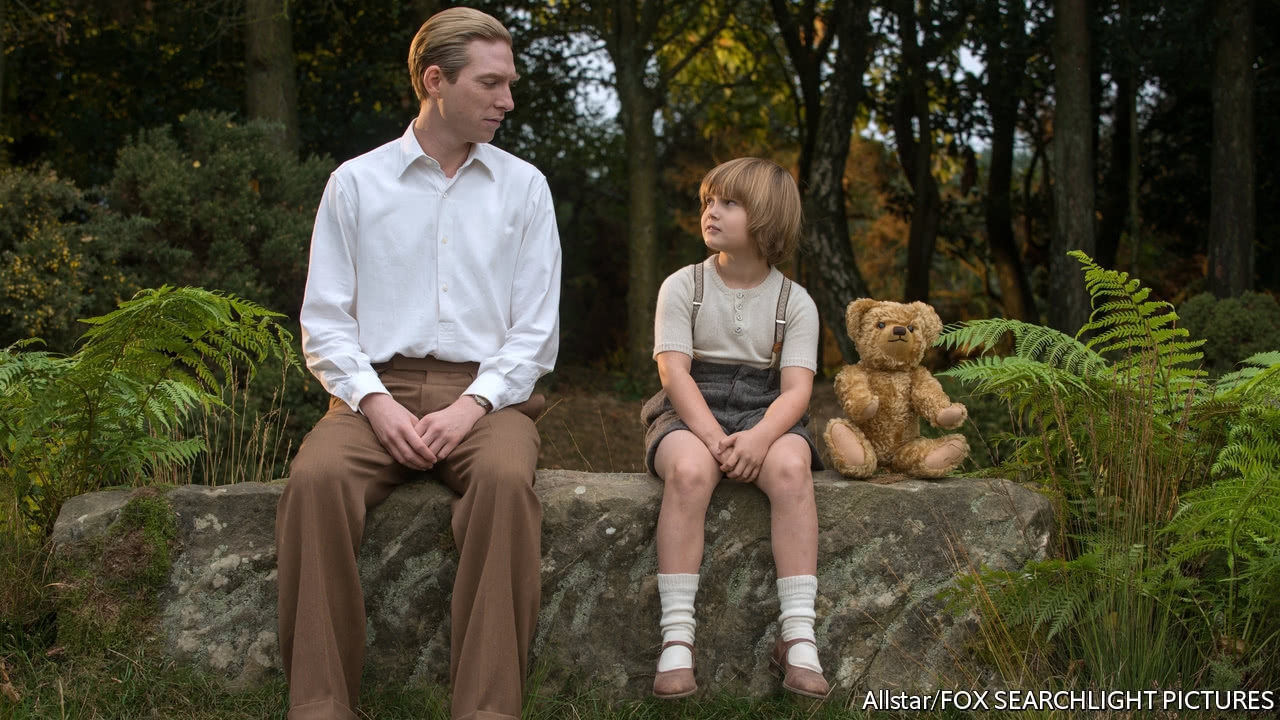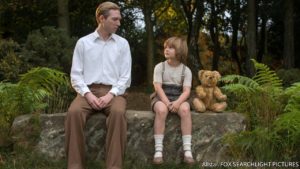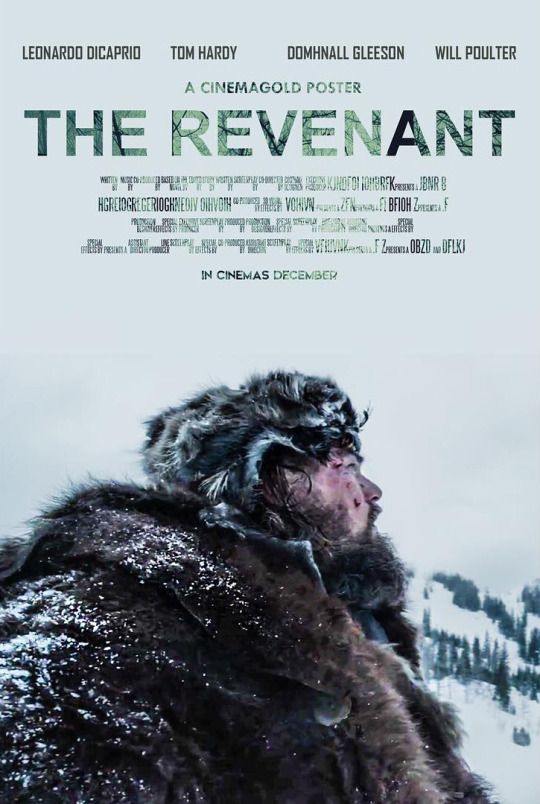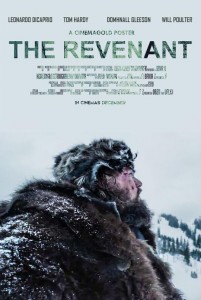Peter Rabbit
Posted on February 8, 2018 at 11:11 am
C| Lowest Recommended Age: | Kindergarten - 3rd Grade |
| MPAA Rating: | Rated PG for some rude humor and action |
| Profanity: | Some schoolyard language |
| Alcohol/ Drugs: | None |
| Violence/ Scariness: | Comic peril and violence, explosions, electrocutions, references to sad parental deaths and killing animals, human character collapses and dies |
| Diversity Issues: | None |
| Date Released to Theaters: | February 9, 2018 |
| Date Released to DVD: | April 30, 2018 |
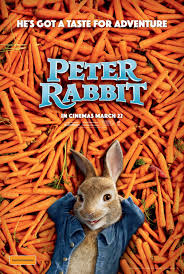
As in the original book, before the story begins Peter’s father was captured by Mr. McGregor (Sam Neill) and eaten in a pie. Unlike the book, Peter’s mother is gone, too, and he is responsible for his sisters, Flopsy, Mopsy, and Cottontail and his cousin, Benjamin Bunny. Peter (voice of James Corden) is reckless and over-confident, leading Benjamin into the garden, which McGregor has covered with scary-looking steel traps. “There are other ways to get a meal,” he’s warned. “But not as fun!” Peter says, happy to risk not just his own life, but the others’ as well.
Peter deftly avoids the traps, but almost ends up in a pie himself, escaping by slipping out of his denim jacket, which McGregor uses on a (tiny) scarecrow. Aiding his rescue is McGregor’s neighbor, Bea (as in Beatrix Potter), a sweet-spirited artist who lives next door and is a friend to all of the local animals.
When Peter goes back to retrieve his jacket, McGregor catches him. It is almost too late for him to save himself when suddenly McGregor, like Don Corleone in “The Godfather,” has a sudden heart attack in the garden, collapses and dies. Though Peter takes credit for vanquishing his foe, the narrator (Margot Robbie) assures us that his death is attributable to “78 years of bad lifestyle choices,” with a merry little montage of McGregor inhaling asbestos and eating high-fat food. Really?
This, of course, is not in the book, is completely unnecessary to the storyline, and is likely to raise concerns in some of the young viewers, especially after Peter brags that he made it happen.
The property is inherited by another Mr. McGregor (Domhnall Gleeson), a persnickety control-freak of a great-nephew who barely knew he had a great-uncle with a farm and never met him. Thomas McGregor works for the famous Harrods department store, where he has a complete meltdown after being denied a promotion due to nepotism. If all of this seems superficial and unnecessary, that is because it is.
His arrival at the farm brings mayhem as he battles Peter and the rest of the local critters for the vegetable garden and the house, trying not to let his pretty neighbor know that he is not as much of an animal-lover as she is.
The movie opens with soaring birds singing an uplifting ballad — and then getting smushed, which becomes a repeated gag. So from the beginning, this film undercuts itself, winking at the audience and then trying to take it back. A joke about today’s parents’ oversensitivity to allergies is followed by “just kidding; don’t write letters!” “Don’t explain the joke,” Benjamin Bunny says. But that’s just what the movie does, constantly unsure of its focus and tone. Some sweet moments and lovely animation cannot make up for a film that is, to use a food metaphor, overstuffed and yet undernourished.
Parents should know that this movie includes some comic peril and violence, but a human character collapses and dies and there are references to the sad loss of Peter Rabbit’s parents, including his father’s being made into a pie, brief potty humor, some body shaming, and schoolyard language.
Family discussion: What did the characters learn about apologizing? Should farmers let animals eat their crops? What is your character flaw?
If you like this, try: “Babe,” “Paddington” and “Paddington 2,” and “Miss Potter,” with as Renee Zellweger as Beatrix Potter and Ewan McGregor as her publisher

